Economic Recycling Methods for Oil Containing Metal Scraps in Automotive Engine Factories
DOI: 10.23977/erej.2024.080113 | Downloads: 18 | Views: 1377
Author(s)
Liliang Zhu 1, Yi Wang 1, Wenzhen Shi 1, Jiaqi Cao 1
Affiliation(s)
1 SAIC Volkswagen Co., Ltd., Shanghai, China
Corresponding Author
Liliang ZhuABSTRACT
This study aims to explore the economic recycling methods of oily metal shavings in automobile engine factories. By comparing physical, chemical, biological, and comprehensive treatment technologies, the performance of various methods in treatment efficiency, resource recovery rate, and energy consumption was evaluated. The results showed that the highest treatment efficiency of the comprehensive treatment technology could reach 89%; resource recovery rate could reach 41%; resource consumption could reach only 0.68 kilograms of standard coal. The research methods include designing a multi-stage processing flow, optimizing process parameters, and verifying the actual effects of various technologies through experiments. The conclusion indicated that comprehensive treatment technology achieved the highest resource recovery rate while minimizing energy consumption, demonstrating the best economic and environmental benefits. This study provided an efficient and environmentally friendly solution for the reuse of oily metal shavings in automotive engine factories, which is of great significance for promoting the resource utilization of industrial waste.
KEYWORDS
Oily Metal Shavings, Integrated Processing Technology, Processing Efficiency, Resource Recovery Rate, Energy ConsumptionCITE THIS PAPER
Liliang Zhu, Yi Wang, Wenzhen Shi, Jiaqi Cao, Economic Recycling Methods for Oil Containing Metal Scraps in Automotive Engine Factories. Environment, Resource and Ecology Journal (2024) Vol. 8: 99-106. DOI: http://dx.doi.org/10.23977/erej.2024.080113.
REFERENCES
[1] Wang Feng, Qi Yujun, Qin Hua. Discussion on the standardized management of exemption for the utilization of waste iron oil drums and oily metal shavings. Shandong Chemical, 2021, 50 (15): 252-253
[2] Chang C Y, Wu C L, Cheng J M, et al. Autonomous mobile robots for recycling metal shaving at CNC factories. The International Journal of Advanced Manufacturing Technology, 2023, 126(5): 2205-2218.
[3] Ke Y. Technologies of lithium recycling from waste lithium ion batteries: a review. Materials advances, 2021, 2(10): 3234-3250.
[4] Mao J, Ye C, Zhang S, et al. Toward practical lithium-ion battery recycling: adding value, tackling circularity and recycling-oriented design. Energy & Environmental Science, 2022, 15(7): 2732-2752.
[5] Du K, An H, Wu X, et al. Progresses in sustainable recycling technology of spent lithium‐ion batteries. Energy & Environmental Materials, 2022, 5(4): 1012-1036.
[6] Chen H, Wan K, Zhang Y, et al. Waste to wealth: chemical recycling and chemical upcycling of waste plastics for a great future. Chem Sus Chem, 2021, 14(19): 4123-4136.
[7] Yang B, Li W, Zhang M, et al. Recycling of high-value-added aramid nanofibers from waste aramid resources via a feasible and cost-effective approach. ACS Nano, 2021, 15(4): 7195-7207.
[8] Pérez-Fonseca A A, González-López M E, Robledo-Ortíz J R. Reprocessing and Recycling of Poly (Lactic Acid): A Review. Journal of Polymers and the Environment, 2023, 31(10): 4143-4159.
[9] Xu P, Yang Z, Yu X, et al. Design and optimization of the direct recycling of spent Li-ion battery cathode materials. ACS Sustainable Chemistry & Engineering, 2021, 9(12): 4543-4553.
[10] Lowe G A. Enabling artificial photosynthesis systems with molecular recycling: A review of photo-and electrochemical methods for regenerating organic sacrificial electron donors. Beilstein Journal of Organic Chemistry, 2023, 19(1): 1198-1215.
[11] Lee A, Liew M S. Tertiary recycling of plastics waste: an analysis of feedstock, chemical and biological degradation methods. Journal of Material Cycles and Waste Management, 2021, 23(1): 32-43.
[12] Kosloski-Oh S C, Wood Z A, Manjarrez Y, et al. Catalytic methods for chemical recycling or upcycling of commercial polymers. Materials Horizons, 2021, 8(4): 1084-1129.
[13] Formela K. Sustainable development of waste tires recycling technologies–recent advances, challenges and future trends. Advanced industrial and engineering polymer research, 2021, 4(3): 209-222.
[14] Zadeh S S, Joushideh N, Bahrami B, et al. A review on concrete recycling. World Journal of Advanced Research and Reviews, 2023, 19(02): 784-793.
[15] Kumar A, Bakshi B R, Ramteke M, et al. Recycle-BERT: extracting knowledge about plastic waste recycling by natural language processing. ACS Sustainable Chemistry & Engineering, 2023, 11(32): 12123-12134.
[16] Zhu B, Wang D, Wei N. Enzyme discovery and engineering for sustainable plastic recycling. Trends in biotechnology, 2022, 40(1): 22-37.
[17] Payne J, Jones M D. The chemical recycling of polyesters for a circular plastics economy: challenges and emerging opportunities. Chem Sus Chem, 2021, 14(19): 4041-4070.
[18] Joseph B, James J, Kalarikkal N, et al. Recycling of medical plastics. Advanced Industrial and Engineering Polymer Research, 2021, 4(3): 199-208.
[19] Xu X, Leng Z, Lan J, et al. Sustainable practice in pavement engineering through value-added collective recycling of waste plastic and waste tyre rubber. Engineering, 2021, 7(6): 857-867.
[20] Wang J R, Yang D H, Xu Y J, et al. Recent developments and the future of the recycling of spent graphite for energy storage applications. New Carbon Materials, 2023, 38(5): 787-803.
| Downloads: | 5979 |
|---|---|
| Visits: | 448487 |
Sponsors, Associates, and Links
-
International Journal of Geological Resources and Geological Engineering
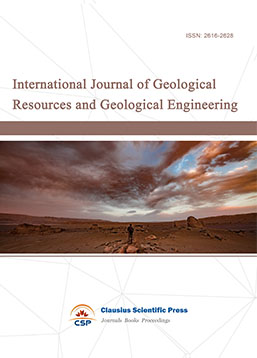
-
Big Geospatial Data and Data Science

-
Solid Earth and Space Physics

-
Environment and Climate Protection
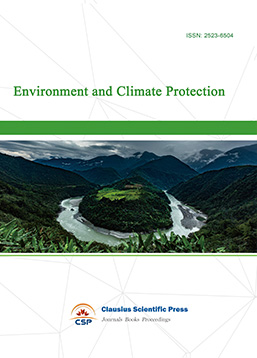
-
Journal of Cartography and Geographic Information Systems

-
Offshore and Polar Engineering

-
Physical and Human Geography
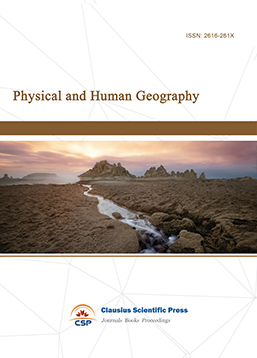
-
Journal of Atmospheric Physics and Atmospheric Environment
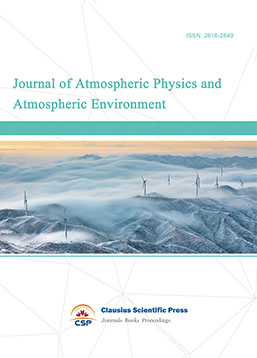
-
Trends in Meteorology

-
Journal of Coastal Engineering Research
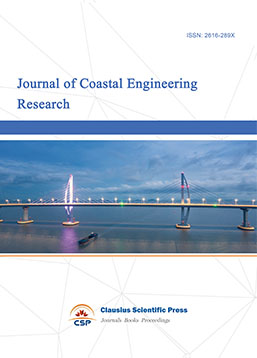
-
Focus on Plant Protection
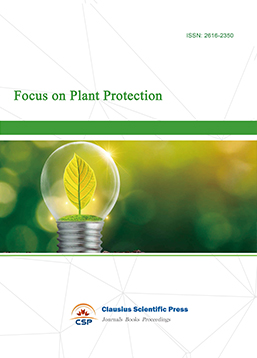
-
Toxicology and Health of Environment
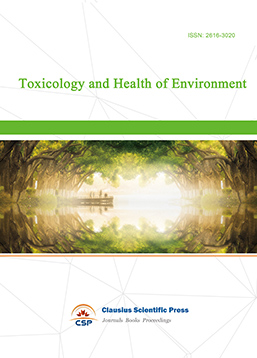
-
Geoscience and Remote Sensing
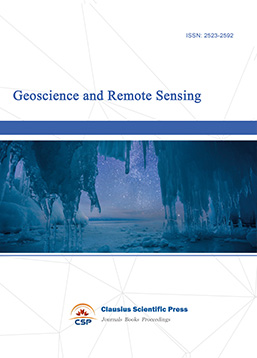
-
Advances in Physical Oceanography

-
Biology, Chemistry, and Geology in Marine
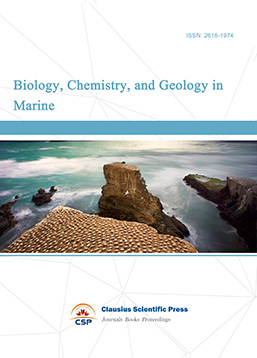
-
Water-Soil, Biological Environment and Energy

-
Geodesy and Geophysics

-
Journal of Structural and Quaternary Geology
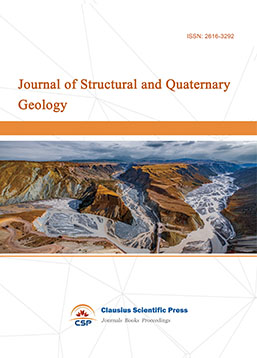
-
Journal of Sedimentary Geology

-
International Journal of Polar Social Research and Review


 Download as PDF
Download as PDF